Beschreibung
Einleitung
Die Erosionssonde ist ein ausgeklügeltes Gerät, das sorgfältig mit einer Reihe von integralen Komponenten entwickelt wurde, die alle eine charakteristische Rolle spielen. Es besteht aus zwei robusten Flanschen, dem Hauptflansch und dem Seitenflansch, die die wesentliche Montagestruktur bilden und die sichere Positionierung des Geräts in einer Vielzahl von industriellen Anwendungen sicherstellen. Im Zentrum des Geräts befinden sich die Sonde und der Adapter; Die Sonde ist das lebenswichtige Element, das die Erosionsmessung durchführt, während der Adapter die Sonde nahtlos mit dem größeren System verbindet. Insbesondere ist die Düse der Sonde in einer Vielzahl von Typen erhältlich und unterstreicht die unterschiedlichen Erosionsüberwachungsanforderungen in verschiedenen Szenarien. Um das Produkt vor unerwünschten Umweltbedingungen und potenziellen physikalischen Schäden zu schützen, ist eine Schutzabdeckung enthalten, eine Komponente, die maßgeblich zur Erhaltung der Integrität und Langlebigkeit der Sonde beteiligt ist. Eine hydraulische Druckanzeige ist ebenfalls Teil der Baugruppe, eine entscheidende Komponente, die den hydraulischen Druck des Systems im Auge behält und unverzichtbare Daten für eine effektive Erosionsmanagement und die Vorbeugung potenzieller Schäden liefert, die sich aus übermäßigem Druck ergeben. Darüber hinaus bieten wir unser Engagement für die Bedürfnisse einzigartiger Kunden treu und bieten Anpassungsoptionen für die Düse der Sonde an und ermöglichen es den Kunden, den Typ auszuwählen, der am besten mit ihren spezifischen Betriebsanforderungen übereinstimmt. Im Wesentlichen ist diese Erosionssonde ein vielseitiges, anpassbares Werkzeug, das genial entwickelt wurde, um eine präzise und zuverlässige Erosionsüberwachung in verschiedenen industriellen Kontexten zu liefern.
EMT -Erosionssonden verstehen
EMT -Erosionssonden verstehen
EMT -Korrosionssonden sind Werkzeuge zur Messung und Verfolgung der Korrosion für verschiedene industrielle Anwendungen. Sie nutzen Technologie, um die Dicke des Materials schnell und klar zu lesen, und tragen dazu bei, Erosion früh zu erkennen.
Das Herzstück der EMT -Korrosionssonde befindet sich ein Sensor, der eine elektromagnetische Induktion verwendet, um Änderungen der Dicke des Materials zu beobachten. Diese Sonden werden immer überwacht, was hilfreich ist, da Sie nicht alles für eine physische Inspektion aufhalten müssen. Informationen aus dem EMT -Erosionsdetektor können dazu beitragen, Probleme zu identifizieren und zu lösen, bevor sie zu groß werden.
Die Bedeutung von EMT -Erosionssonden in der Industrie
EMT -Korrosionssonden sind in vielen Bereichen wie Öl und Gas, Stromerzeugung und chemische Verarbeitung wichtig. Sie sind gut darin, Erosion zu erkennen und zu verfolgen, was dazu beiträgt, Geräte und Infrastruktur in gutem Zustand zu halten. Wenn Sie nicht auf Korrosion achten, kann die Ausrüstung beschädigt werden, müssen aufhören zu arbeiten und sogar Sicherheitsrisiken zu haben.
In der Öl- und Gasindustrie können EMT -Korrosionssonden bei der Überwachung von Pipelines helfen. Sie können Teile des Rohrs finden, die schneller korrodieren und die Wartung und den Austausch planen. Dies hilft, die Lebensdauer der Pipeline zu verlängern und das Risiko von schwerwiegenden Misserfolgen zu verringern.
Bei der Stromerzeugung und chemischen Verarbeitung helfen diese Sonden unter anderem bei der Inspektion von Kesseln und Druckbehältern. Indem sie Teile finden, die schneller korrodieren, können die Betreiber Wartungsarbeiten durchführen, bevor sich die Dinge verschlimmern und die Produktivität und Sicherheit steigern.
EMT -Korrosionssonden können ebenfalls angepasst werden. Die Enden der Sonden können entsprechend den Anforderungen des Kunden geändert werden, was bedeutet, dass diese Tools auf verschiedene Arten verwendet werden können.
EMT -Erosionssonde Materialien
EMT -Erosionssonde Materialien
EMT -Korrosionssonden bestehen hauptsächlich aus robusten Materialien, um sicherzustellen, dass sie den starken Anforderungen einer Vielzahl von industriellen Anwendungen standhalten können. Die Auswahl des Materials ist entscheidend, da es direkt die Haltbarkeit, Leistung und Widerstand der Sonde gegen verschiedene Bedingungen beeinflusst.
Gemeinsame Materialien und ihre Eigenschaften
Die beiden Hauptmaterialien, die zur Herstellung von EMT -Korrosionssonden verwendet werden, sind Edelstahl und Kohlenstoffstahl, die beide für ihre Festigkeit und Haltbarkeit bekannt sind.
Edelstahl: Die Sonde selbst besteht normalerweise aus Edelstahl. Dieses Material ist bekannt für seine hervorragende Korrosion und Wärmefestigkeit. Es ist langlebig, was es ideal für die Verwendung in harten Umgebungen macht, in denen die Sonde korrosiven Materialien oder hohen Temperaturen ausgesetzt sein kann.
Kohlenstoffstahl: Die Schutzabdeckung der Sonde besteht normalerweise aus Kohlenstoffstahl und ist für ihre Festigkeit und Haltbarkeit bekannt. Kohlenstoffstahl ist jedoch anfällig für Rost und Korrosion, so dass er normalerweise mit Polytetrafluorethylen (Teflon) für zusätzlichen Schutz beschichtet ist.
Polytetrafluorethylen (Teflon): Polytetrafluorethylen, auch als Teflon bekannt, ist ein hochwärmresistenter, chemischresistenter und elektrisch leitender Kunststoff. Es wird häufig als Beschichtung für die Schutzschicht von Kohlenstoffstahl verwendet, um seine Beständigkeit gegen korrosive Materialien und hohe Temperaturen zu verbessern.
Der Flansch, ein hervorstehender Flachkanten oder ein Kragen zur Stärkung oder Verbindung, kann je nach Anforderungen der Anwendung aus Kohlenstoffstahl oder Edelstahl bestehen.
Auswählen des richtigen Materials für bestimmte Anwendungen
Bei der Auswahl des richtigen Materials für die Sonde sollten mehrere Faktoren berücksichtigt werden, einschließlich der Betriebsbedingungen, der spezifischen Anwendung und der Substanztyp, mit der die Sonde in Kontakt kommt.
Zum Beispiel wird Edelstahl in Anwendungen bevorzugt, die eine hohe Korrosion und Wärmefestigkeit erfordern. Kohlenstoffstahl kann in weniger korrosiven Umgebungen ausreichen, insbesondere wenn sie mit PTFE beschichtet sind, um die Korrosionsbeständigkeit zu erhöhen.
Es ist auch wichtig zu verstehen, dass EMT flexibel ist, um die Kundenbedürfnisse zu decken. Wenn eine bestimmte Anwendung ein anderes Material erfordert, kann sich die EMT an diese anpassen und die Sonde nach Bedarf mit anderen Materialien erstellen. Diese Flexibilität ermöglicht die Verwendung von EMT -Korrosionssonden in einer Vielzahl von Branchen und Anwendungen.
EMT -Erosionsonden in verschiedenen Branchen
EMT -Korrosionssonden sind so konzipiert, dass sie in einer Vielzahl von Branchen effektiv funktionieren. Ihre Rolle variiert häufig je nach den spezifischen Anforderungen und Betriebsbedingungen jedes Sektors. Hier sind drei Schlüsselindustrien, in denen allgemein EMT -Korrosionssonden verwendet werden:
Die Öl- und Gasindustrie
In der Öl- und Gasindustrie spielen EMT -Korrosionssonden eine wichtige Rolle bei der Aufrechterhaltung der Integrität von Pipeline -Systemen. Sie helfen dabei, Bereiche der beschleunigten Erosion zu identifizieren, unerwartete Rohrversagen zu verhindern und die Lebensdauer zu verlängern. Dies ist besonders wertvoll, da es eine proaktive Wartung ermöglicht und die operative Ausfallzeiten verringert.
Die chemische Verarbeitungsindustrie
Die chemische Verarbeitungsindustrie umfasst häufig die Verwendung von korrosiven Substanzen und hohen Temperaturen. EMT-Korrosionssonden können aus haltbaren Materialien wie Edelstahl und PTFE-beschichtetem Kohlenstoffstahl hergestellt werden und können diese harten Bedingungen standhalten und eine zuverlässige und kontinuierliche Korrosionsüberwachung bieten. Daten aus diesen Sonden ermöglichen es den Betreibern, Verschleiß auf Geräte zu überwachen und vorbeugende Wartungs- und Austauschteile zu planen.
Die Stromerzeugungsbranche
In der Stromerzeugungsindustrie werden EMT -Korrosionssonden verwendet, um die Korrosion kritischer Geräte wie Kessel und Druckbehälter zu überwachen. Eine frühzeitige Erkennung von Erosion kann katastrophale Fehler verhindern und die Sicherheit und Effizienz von Kraftwerken verbessern. Durch die Bereitstellung von Echtzeitdaten zu Korrosionsniveaus ermöglichen diese Sonden den Betreibern, fundierte Entscheidungen über die Wartung und den Austausch von Geräten zu treffen.

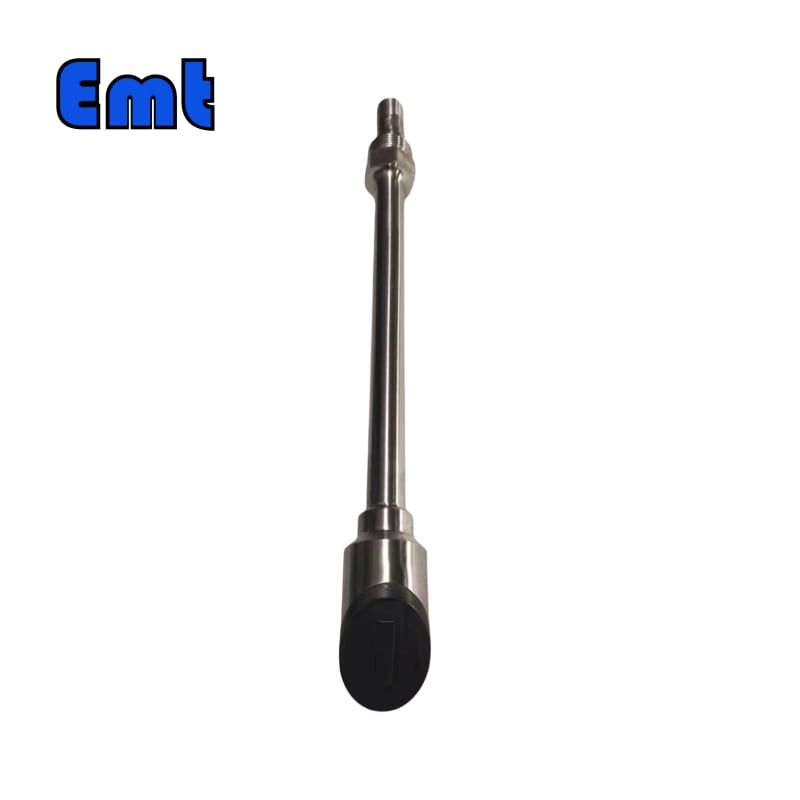
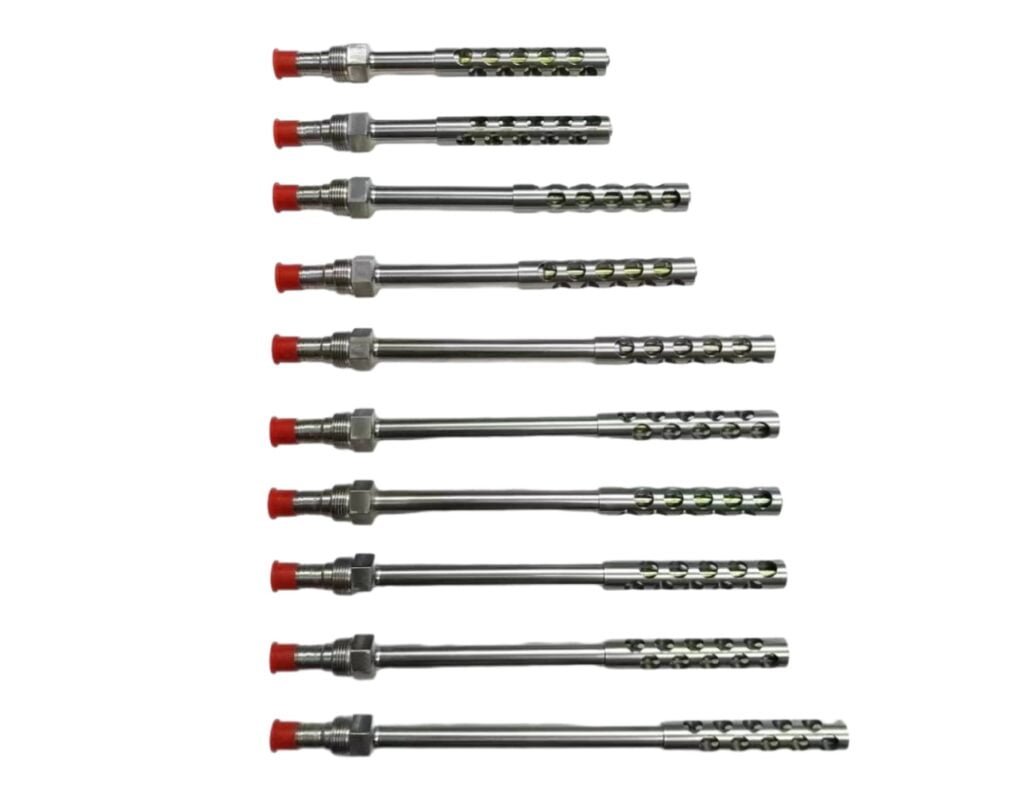
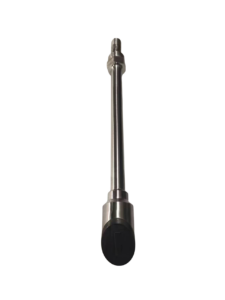
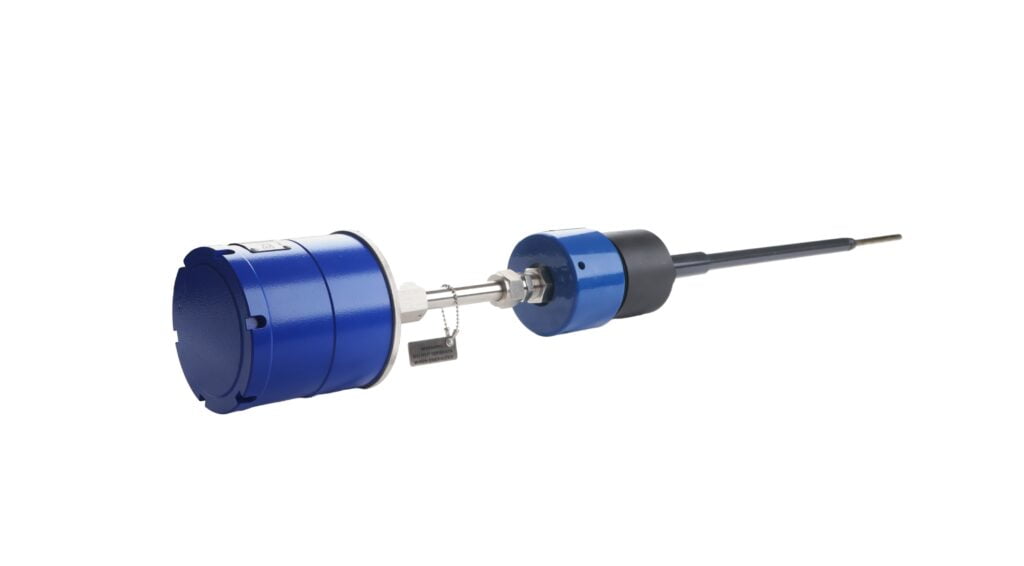
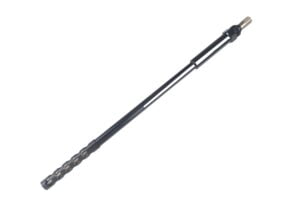
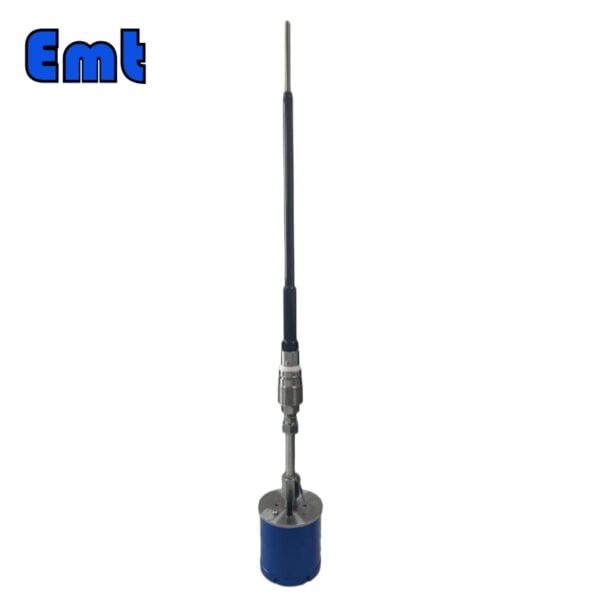
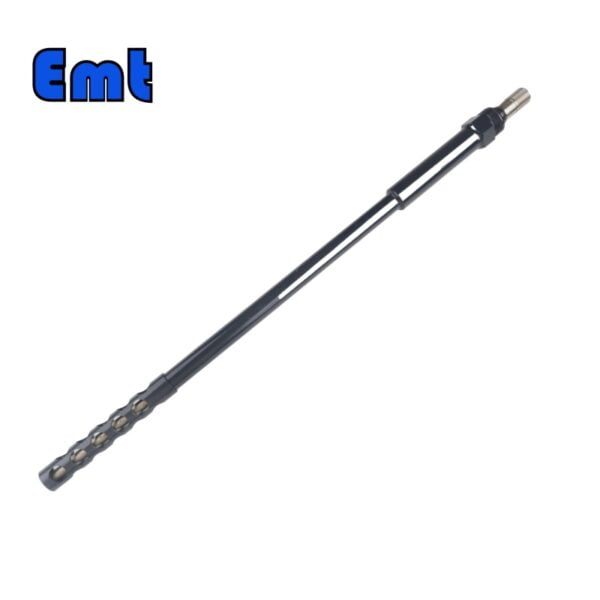
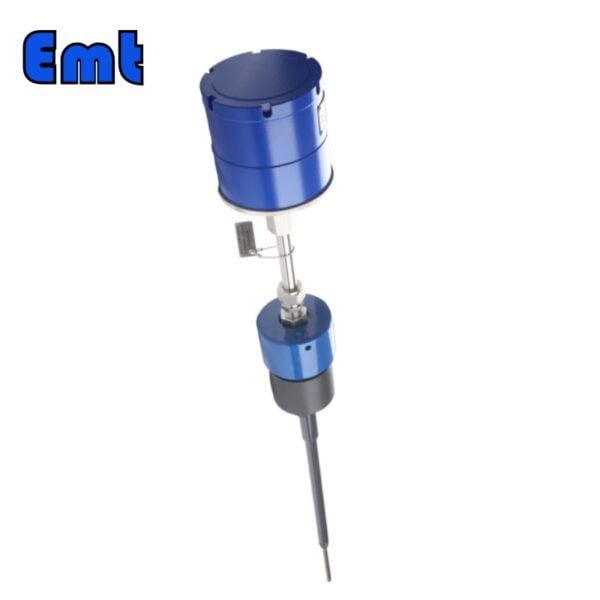
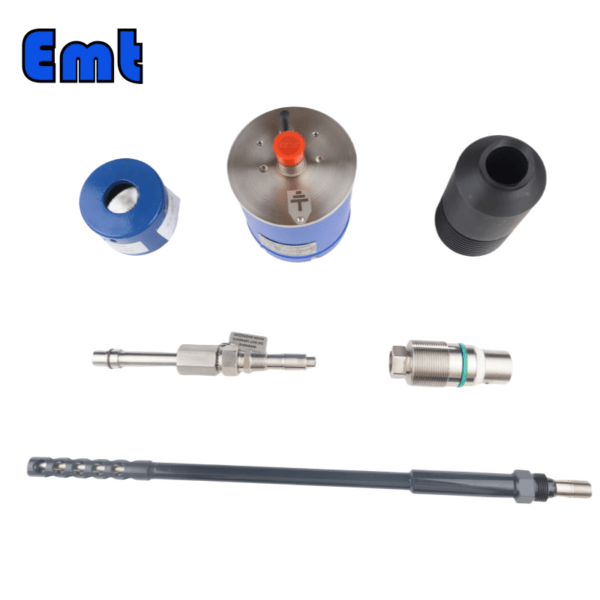
Rezensionen
Es gibt noch keine Bewertungen.